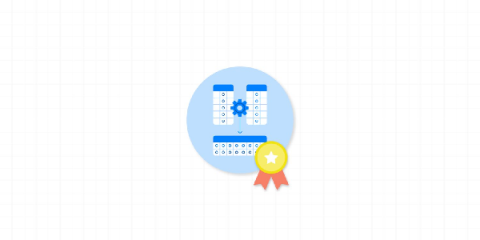Data-driven competitive advantage in the financial services industry
There is an urgent need for banks to be nimble and adaptable in the thick of a multitude of industry challenges, ranging from the maze of regulatory compliance, sophisticated criminal activities, rising customer expectations and competition from traditional banks and new digital entrants. As banks find their bearings in this landscape, what appear to be insurmountable odds are in fact opportunities for growth and competitive differentiation.









